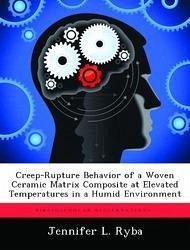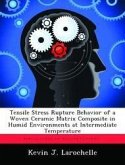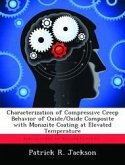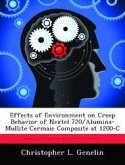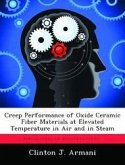For high temperature applications, ceramic matrix composites (CMCs) are ideal because of their high strength and toughness, low density, and durability. A CMC manufactured with silicon carbide fiber and silicon carbide matrix, the focus of this research, maintains its strength and toughness at low and high temperatures, but experiences embrittlement at intermediate temperatures (450-900-C). This study focused on moisture and temperature effects on the embrittlement and stress-rupture life of the SiC/SiC CMC Syl-iBN/BN/SiC. The Syl-iBN/BN/SiC is composed of Sylramic" fibers with an in-situ layer of boron nitride (Syl-iBN), boron nitride interphase (BN), and SiC matrix. Stress rupture tests and monotonic tests were performed on the specimens. Tests were conducted under 100% humidity and laboratory air environments at three temperatures, 450-C, 750-C, and 950-C. These temperatures were chosen because they fall below the intermediate range, within the range, and above the range, respectively. This study found that while this CMC does experience embrittlement at intermediate temperatures, it also occurs at temperatures above the intermediate range. Scanning Electron Microscopy (SEM) analysis showed the embrittlement and pesting in the specimens increased with time, temperature, and moisture exposure, leading to premature failure. An analysis of the data confirmed that with increase in temperature and exposure to moisture, the stress-rupture life of the Syl-iBN/BN/SiC was considerably shortened.
Hinweis: Dieser Artikel kann nur an eine deutsche Lieferadresse ausgeliefert werden.
Hinweis: Dieser Artikel kann nur an eine deutsche Lieferadresse ausgeliefert werden.

